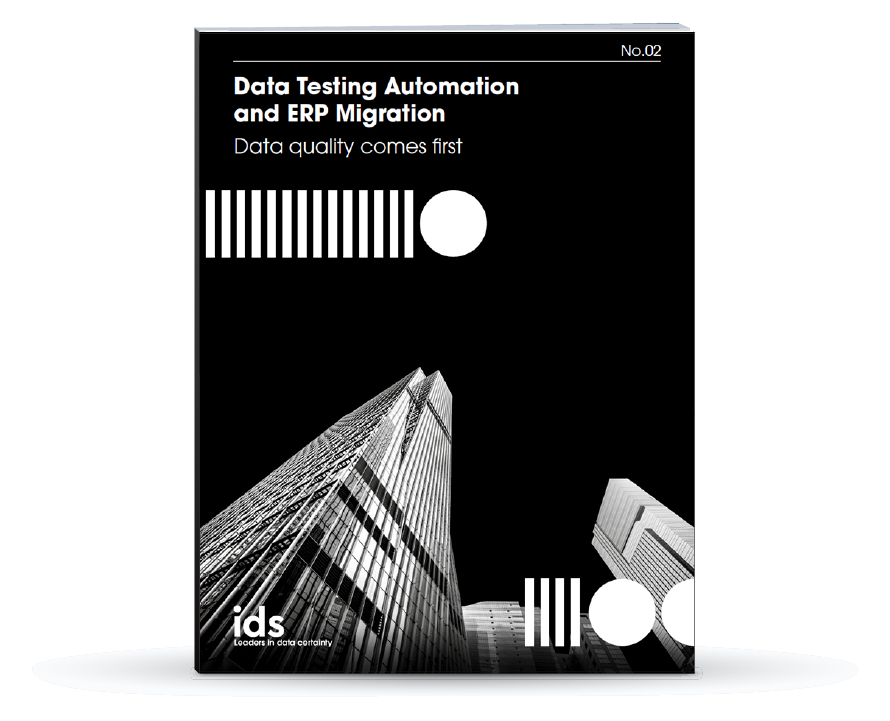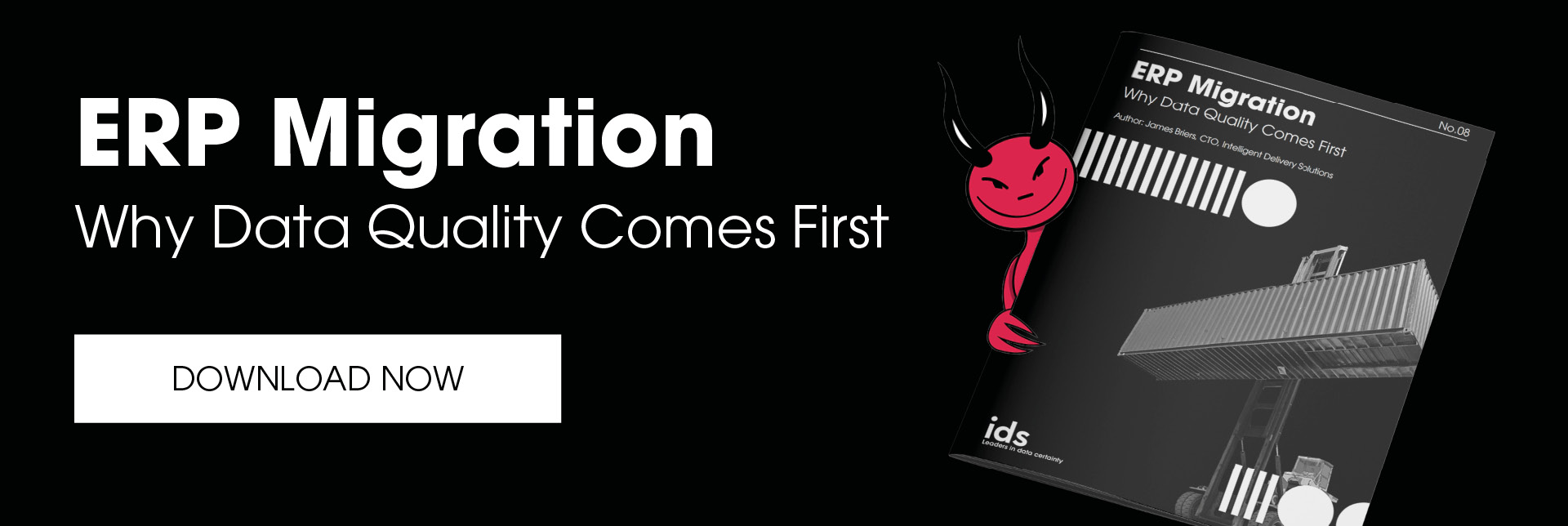3 Top Tips on Migrating to the Cloud

Is yours is one of the rapidly growing businesses finding it hard to ignore the cost, operational flexibility and security advantages of moving your on-premises IT systems to the cloud but not sure how to get started?
The first thing to accept is that, however you approach it, this is not going to be a quick and easy process and will have an impact on every aspect of your business. So before you do anything, you will need invest some quality time into understanding the requirements of every stakeholder and put in place a plan to ensure a smooth transition can be achieved within a reasonable timescale.
This particularly applies to the critical stage of migrating your business data. To ensure successful and seamless data migration that avoids work-flow disruption, both during and following the migration process, everything needs to be done in step by step stages and out of hours when system downtime is unavoidable.
In some cases this can mean you need to be prepared for the whole process to potentially take months or even up to a year or so to complete, making patience and persistence key watch words.
One of the added benefits of deciding to transition to a cloud platform is that this also creates an opportunity to work on implementing that long term data quality assurance policy you have probably been putting off for some time.
While migrating the data is the main objective, you should take advantage of the migration to ensure your data is fit for purpose as well as to perform any data transformation that is going to be needed.
In most businesses data is likely to be held in several different on-premise locations and in different formats depending on the application so before it can be integrated into a cloud data warehouse it needs to be reformatted into a common schema.
In the process, it's a good idea to ensure that records are as complete and up-to-date as possible, as well as to remove duplicates and any redundant data that could create problems going forward in the new system.
Like any critical business change, in addition to considering the cost and efficiency savings when moving to the cloud, it is wise to spend time researching the available options to decide which platforms offer the best solution to meet your specific business needs.
This also means asking questions such as:
- Is the solution scalable to allow for future growth?
- Does it offer the right level of security and data privacy to meet the latest regulatory requirements? Once the optimum solution has been identified you can then set about planning the important transitional stages.
Typically this breaks down into three steps: design, migration and testing.
Design
During the design stage you need to decide what you want (need) to migrate, what resources you will need and what you can easily do without. This could mean spending time locating all the different databases present in your organization. For companies that have multiple locations or have been subject to historic acquisitions this can be a particularly time consuming but important task.
Migration
For the migration itself you need to consider what tools to use based on how your source and target data warehouse is architected. Different tools process large volumes of data differently so it is important to select the correct tools at the outset to avoid encountering problems further down the line.
Testing
Finally, testing that the data has been migrated successfully is crucial before closing down legacy systems. This means checking that data hasn’t been corrupted or lost during the migration process as well as stress-testing that all the applications in the new system perform under the maximum operational loads without any performance degradation.
Ideally, this process should be carried out regularly and often at key stages throughout the migration process while it is easy to rectify any problems that may have occurred.
How we Can Help?
The process of migrating data to the cloud can be daunting for any organization. IDS has the tools, expertise, and experience to support you throughout every stage of the journey from initial planning to final roll out.
Contact us if you are ready to discuss how we can help you make the move.

Performing Automated Testing to Halve Migration & Transformation Time
Partnered with an award-winning ERP migration consultancy, IDS accelerated the time to migrate and transform a healthcare company's data by using the iData toolkit.



